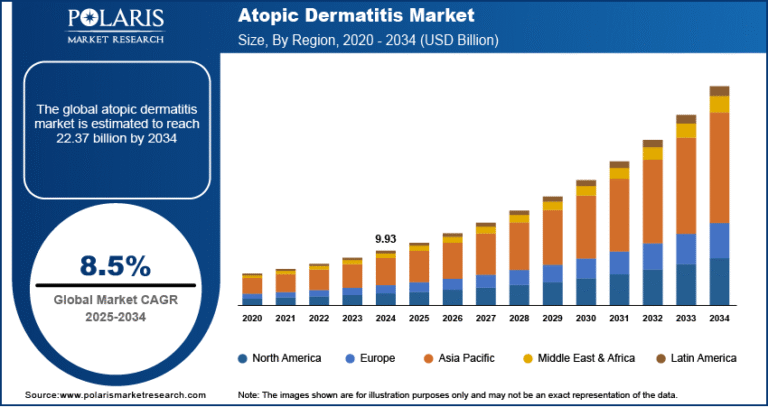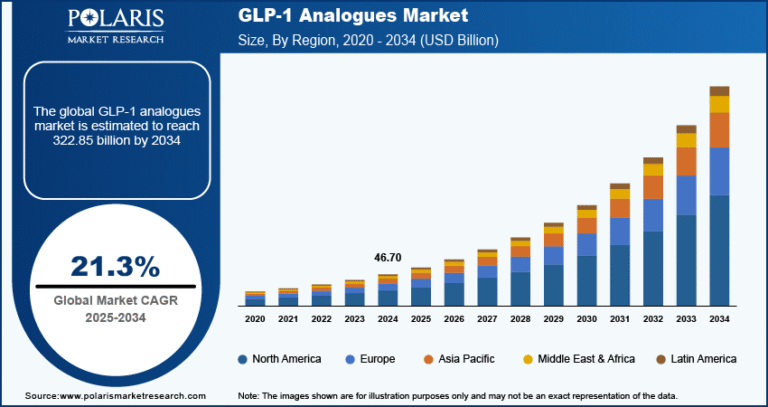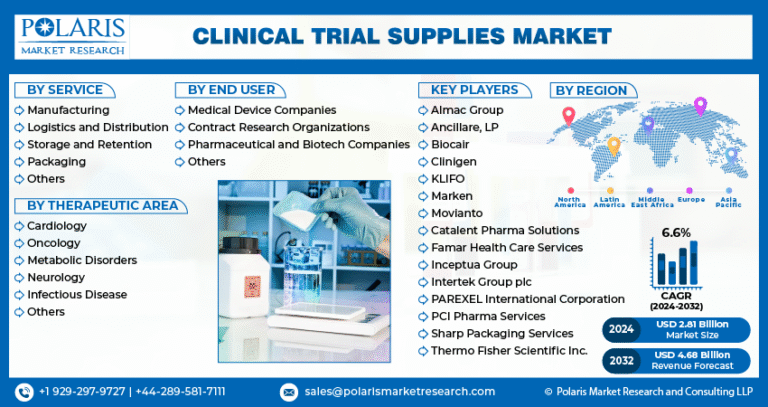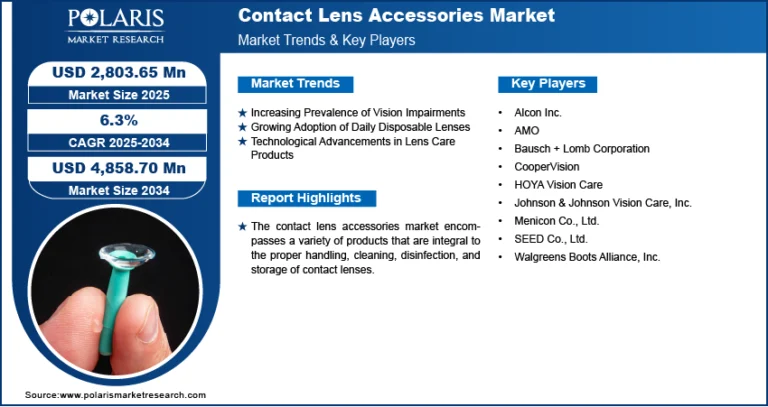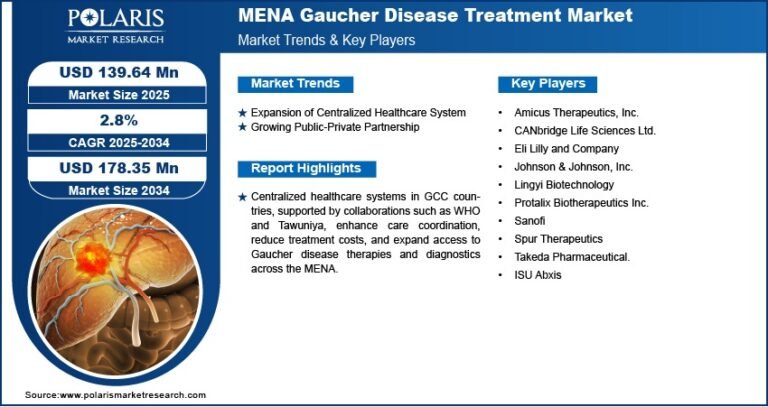Audiology Devices Market Projected to Reach USD 26.83 Billion by 2034, Expanding at a CAGR of 6.2%
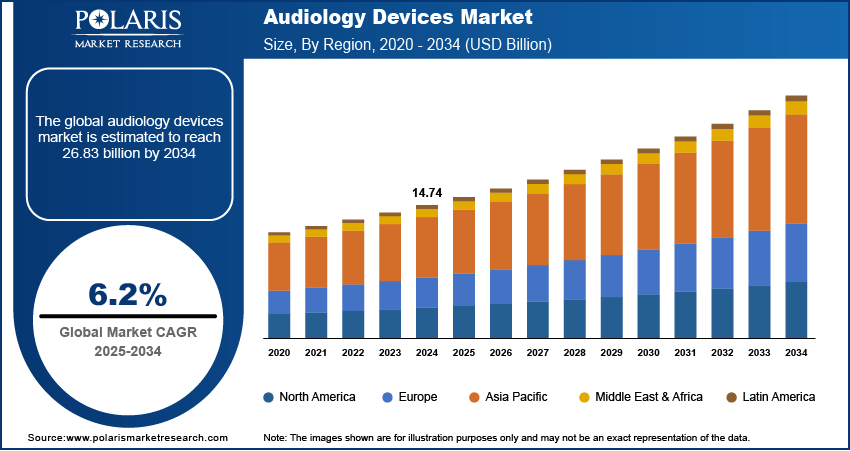
The global audiology devices market was valued at USD 14.74 billion in 2024 and is projected to increase to USD 15.61 billion in 2025. It is expected to reach USD 26.83 billion by 2034, registering a compound annual growth rate (CAGR) of 6.2% during the forecast period from 2025 to 2034.
Key Market Trends
- Rising Prevalence of Hearing Loss
- Hearing loss affects over 1.5 billion people globally , according to WHO.
- Increasing noise pollution, aging populations, and chronic diseases like diabetes and hypertension are contributing factors.
- This drives demand for diagnostic and assistive hearing devices.
- Technological Advancements in Hearing Aids
- Integration of AI, Bluetooth connectivity, IoT , and machine learning into hearing aids.
- Introduction of rechargeable models , smart hearing aids , and invisible-in-canal (IIC) devices .
- Companies are focusing on improving sound quality, reducing background noise, and offering personalized experiences via apps.
- Growth of Teleaudiology Services
- The rise of telehealth post-pandemic has led to adoption of remote diagnostics and device fittings .
- Teleaudiology allows for real-time monitoring and adjustments, increasing accessibility especially in rural and underserved areas.
- Over-the-Counter (OTC) Hearing Aids
- FDA regulations in the U.S. now allow sale of OTC hearing aids without a prescription.
- This trend is expected to expand consumer access , reduce costs, and attract new players into the market.
- Major tech companies are entering the space with personal sound amplification products (PSAPs).
Market Size & Forecast
- Market Size in 2024 – USD 14.74 billion
- Market Size in 2025 – USD 15.61 billion
- Projected Market Size by 2034 – USD 26.83 billion
- CAGR (2025–2034) – 6.2%
Request a free sample copy or view report summary: https://www.polarismarketresearch.com/industry-analysis/global-audiology-devices-market/request-for-sample
Market Overview
The global audiology devices market is experiencing a period of robust growth and technological evolution, driven by rising prevalence of hearing impairments, growing geriatric population, and continuous innovation in diagnostic and therapeutic solutions. According to the World Health Organization (WHO), nearly 2.5 billion people worldwide will be affected by some degree of hearing loss by 2050, with over 700 million expected to require hearing rehabilitation. This expanding patient base has spurred significant investment in next-generation hearing aids, cochlear implants, and advanced diagnostic equipment, positioning the audiology devices market as a critical segment within the broader medical technology landscape.
Diagnostic audiology devices—including audiometers, tympanometers, otoacoustic emission (OAE) analyzers, and auditory brainstem response (ABR) systems—are witnessing strong demand across hospitals, ENT clinics, and academic research institutions. The U.S. Department of Health and Human Services (HHS) reports that routine hearing screenings are now more widely integrated into primary care settings, particularly for neonatal and elderly populations. Portable and digital audiometry tools are gaining traction in both developed and emerging markets, enabling large-scale screening programs in rural and underserved areas. In India, for instance, the National Programme for Prevention and Control of Deafness (NPPCD) continues to expand its reach through mobile audiology units equipped with compact diagnostic devices.

